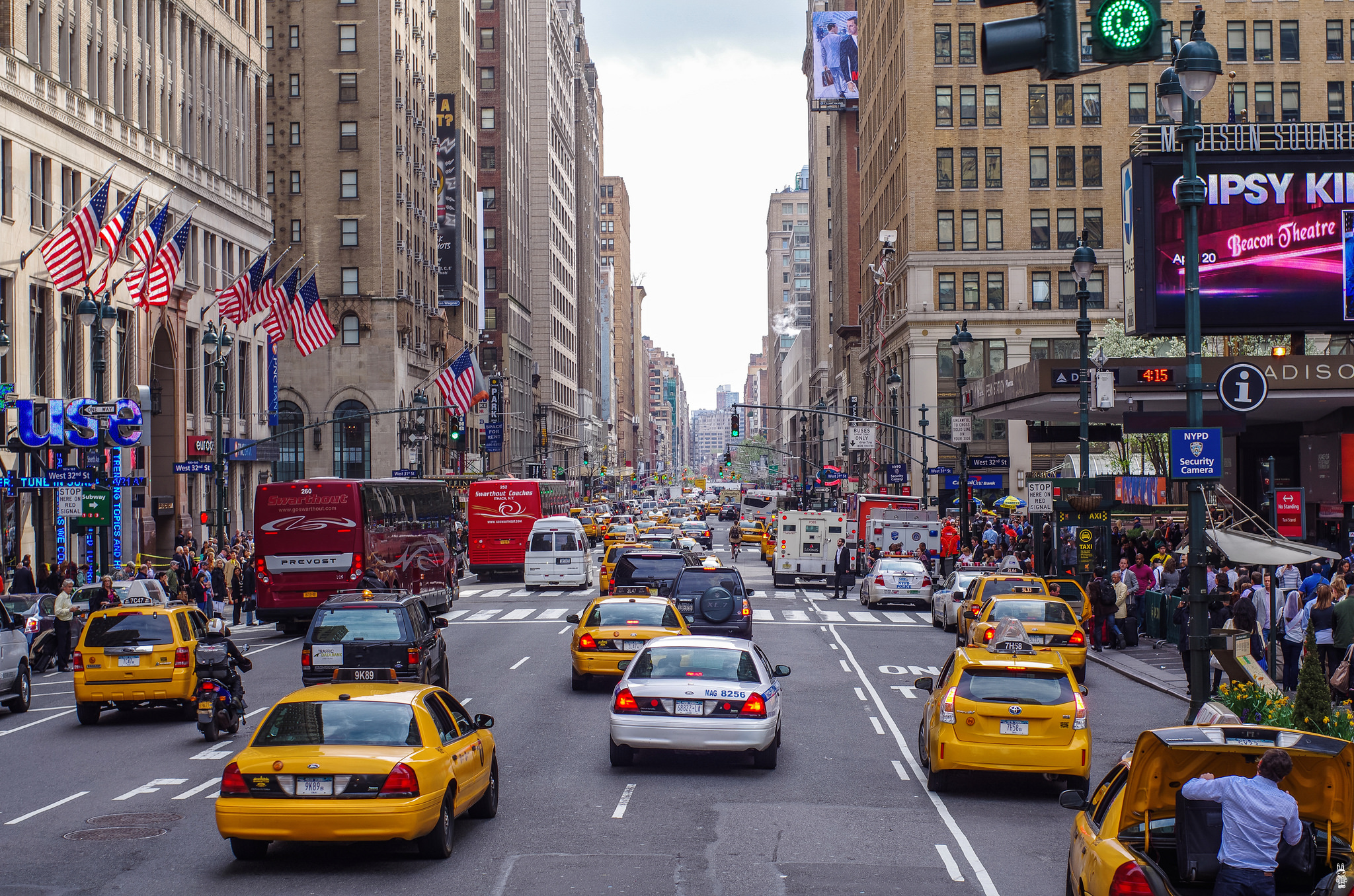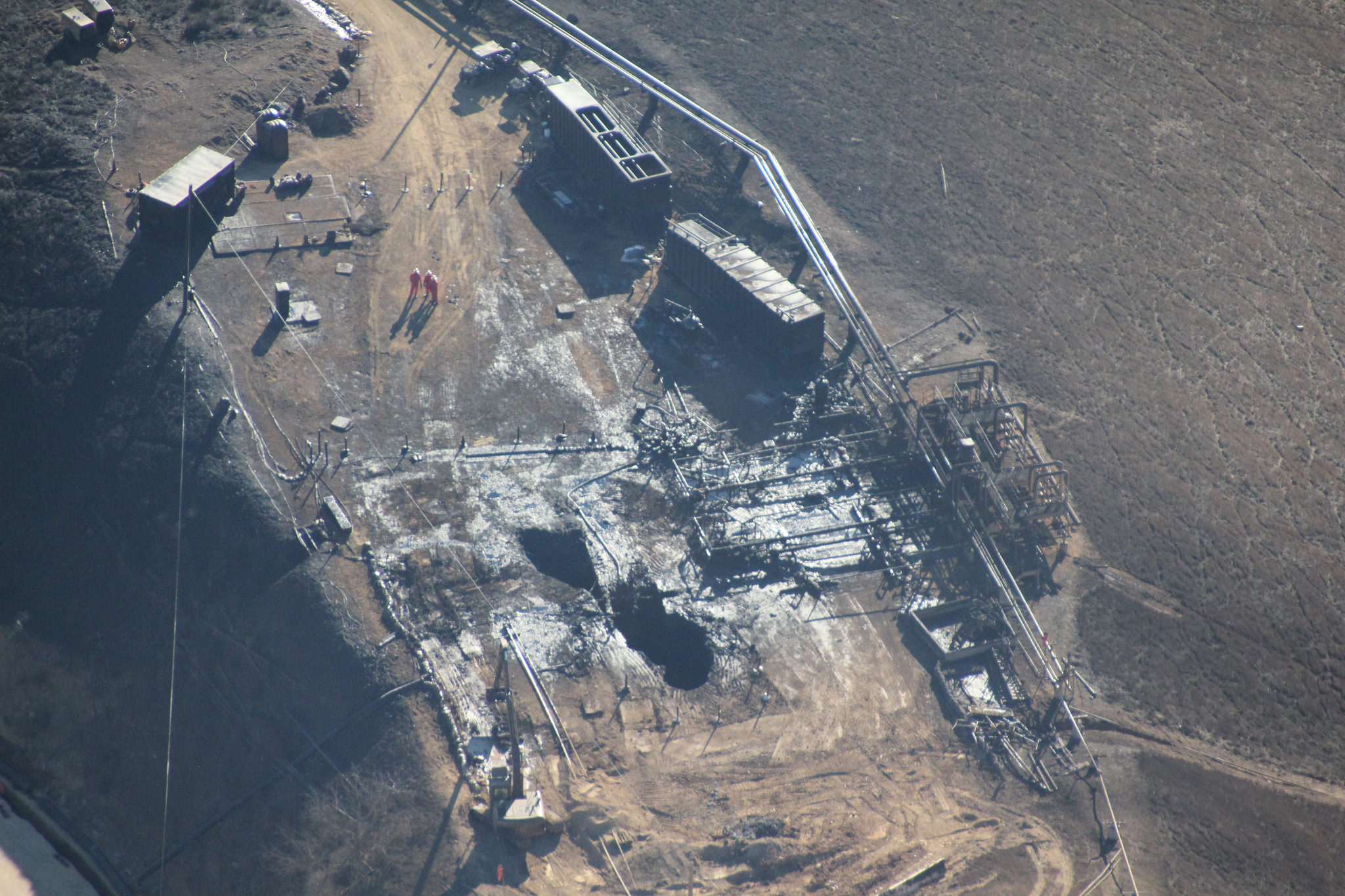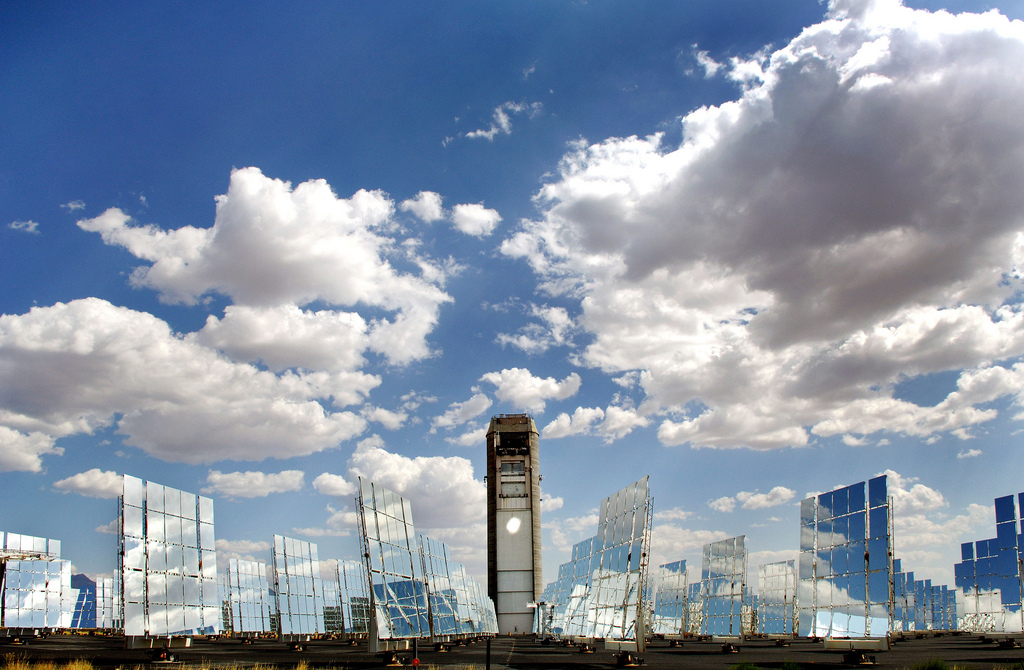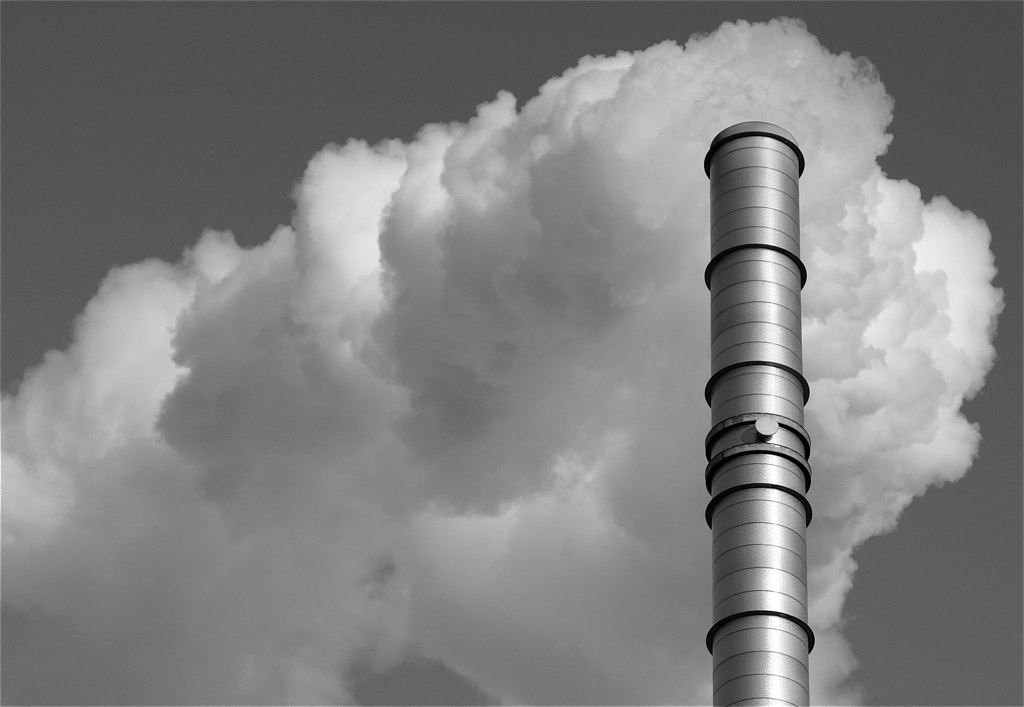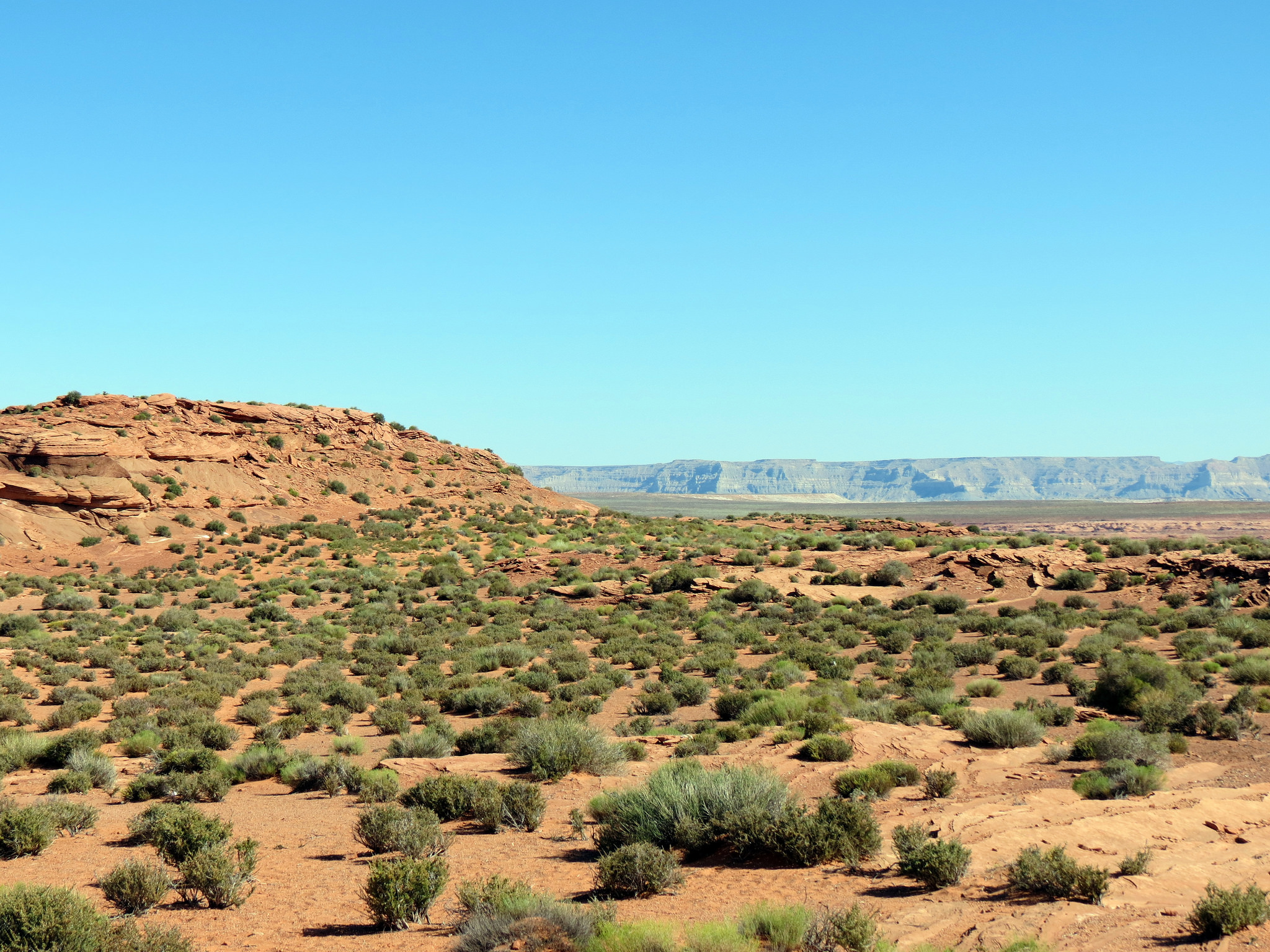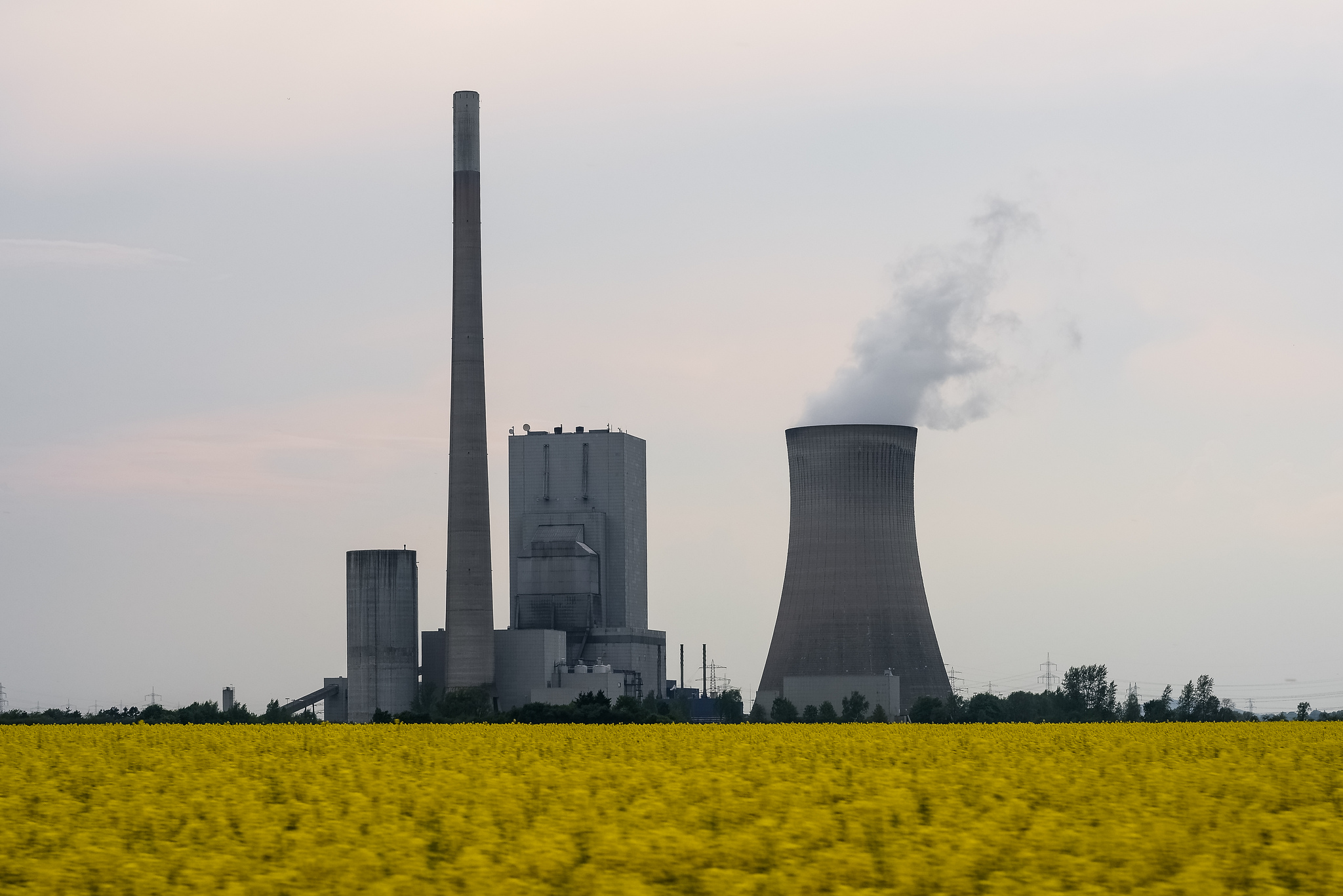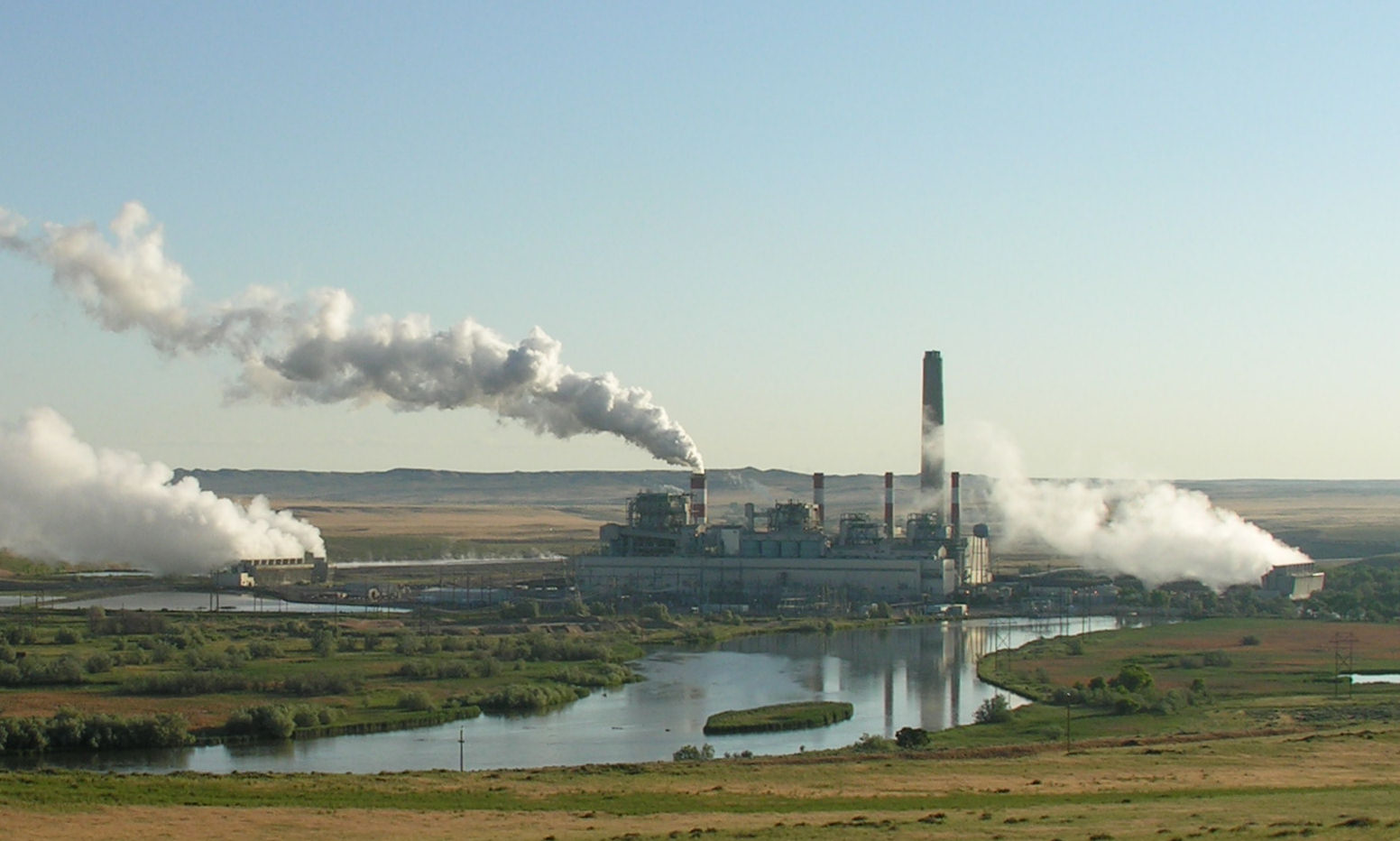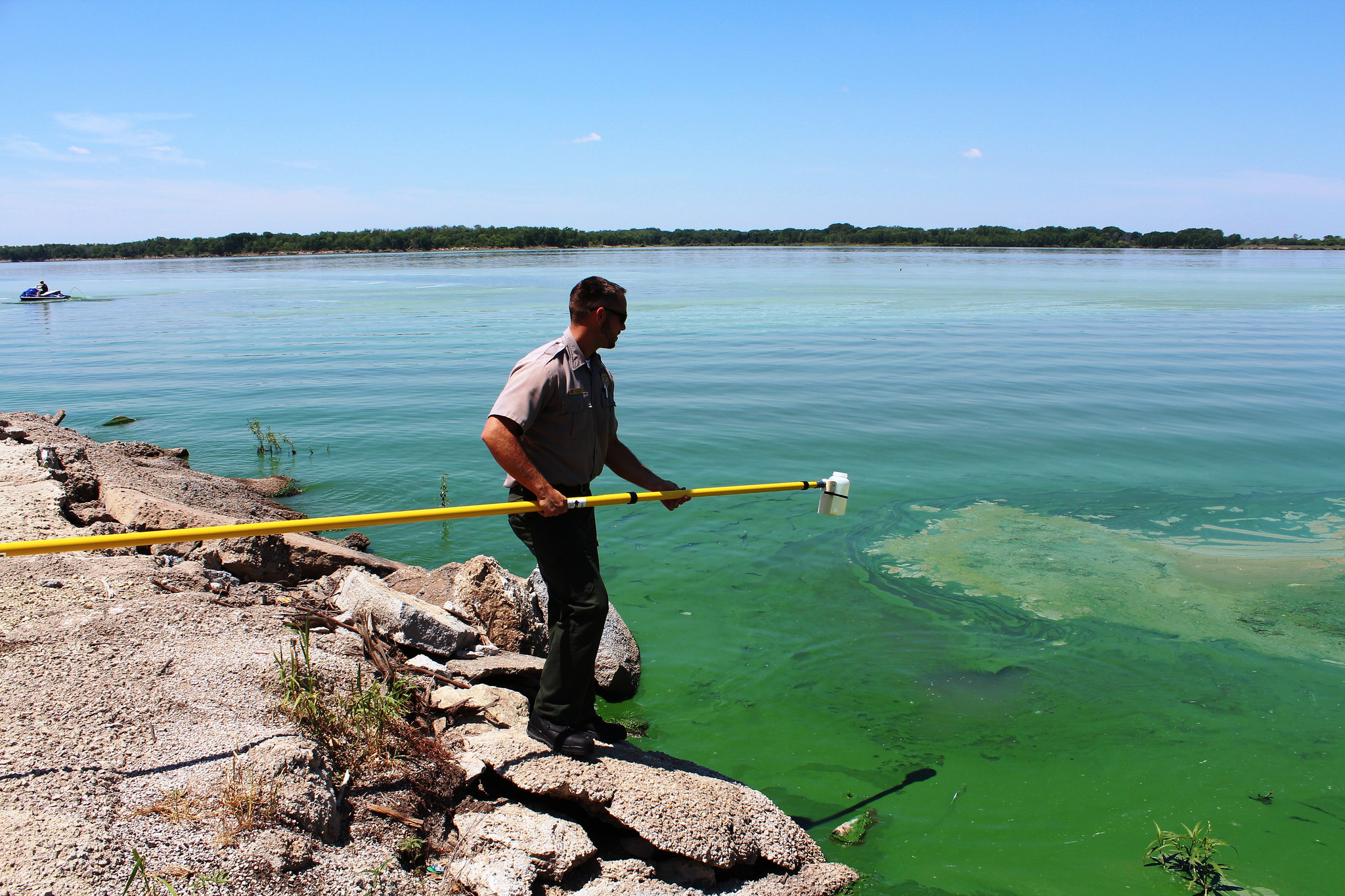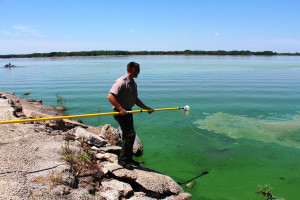carbon dioxide
Consumers And The Environment
China passed the U.S. as the largest emitter of greenhouse gases on Earth back in 2007, mostly due to manufacturing. However, the great majority of all the products China produces are exported to the rest of the world. China’s per capita consumption-based environmental footprint is actually small. If you put the responsibility for environmental impacts on the consumer instead of the producer, we are all the culprits.
Natural Geoengineering
The term geoengineering has started to appear in discussions about how to combat climate change. Mostly, it is used to describe using technology to tinker with the global environment, for example, by artificially enhancing the atmosphere’s ability to reflect the sun’s rays back out into space and thereby cooling the planet.
Turning Air Into Fuel
There is a global effort underway to combat climate change. The carbon dioxide in the atmosphere is the primary culprit. As a result, there are two things to do about it: reduce the amount of CO2 we are dumping into the atmosphere and try to remove some of what is already there.

